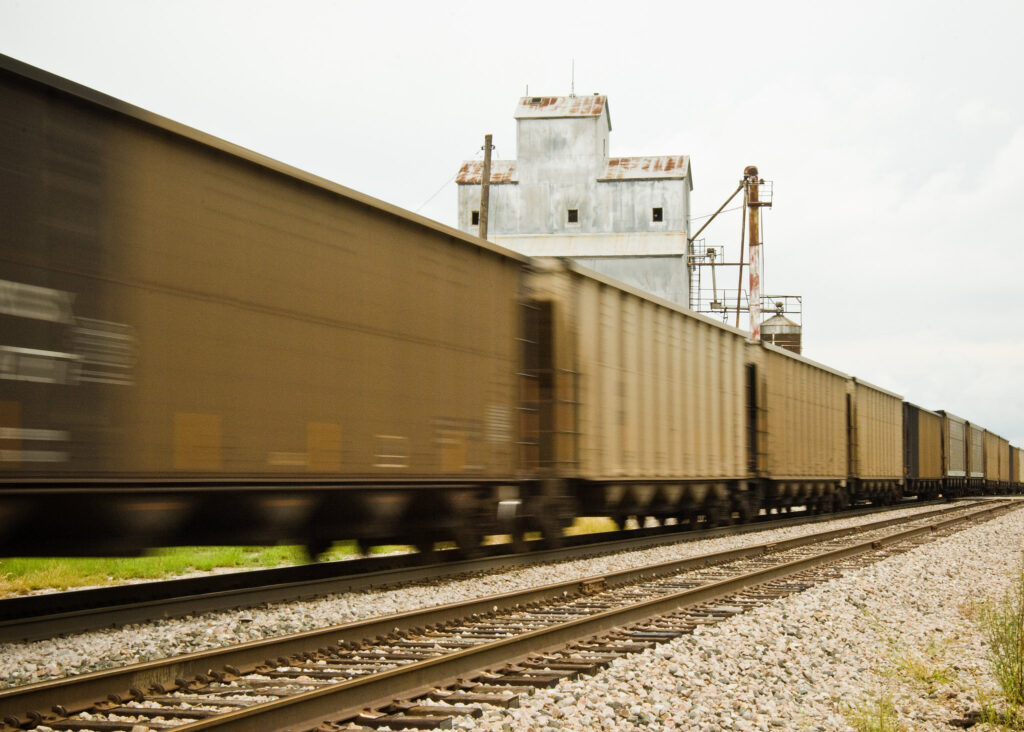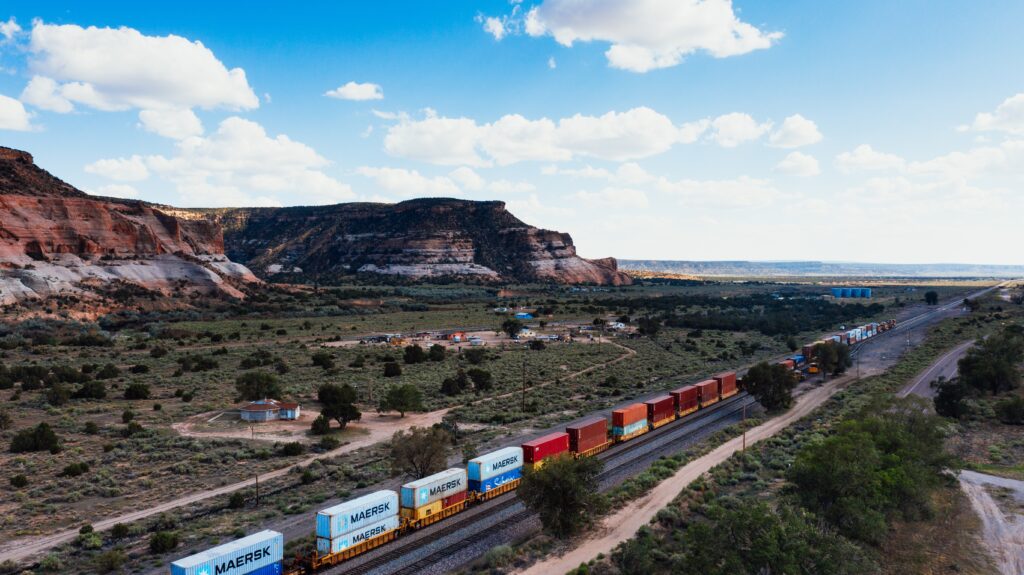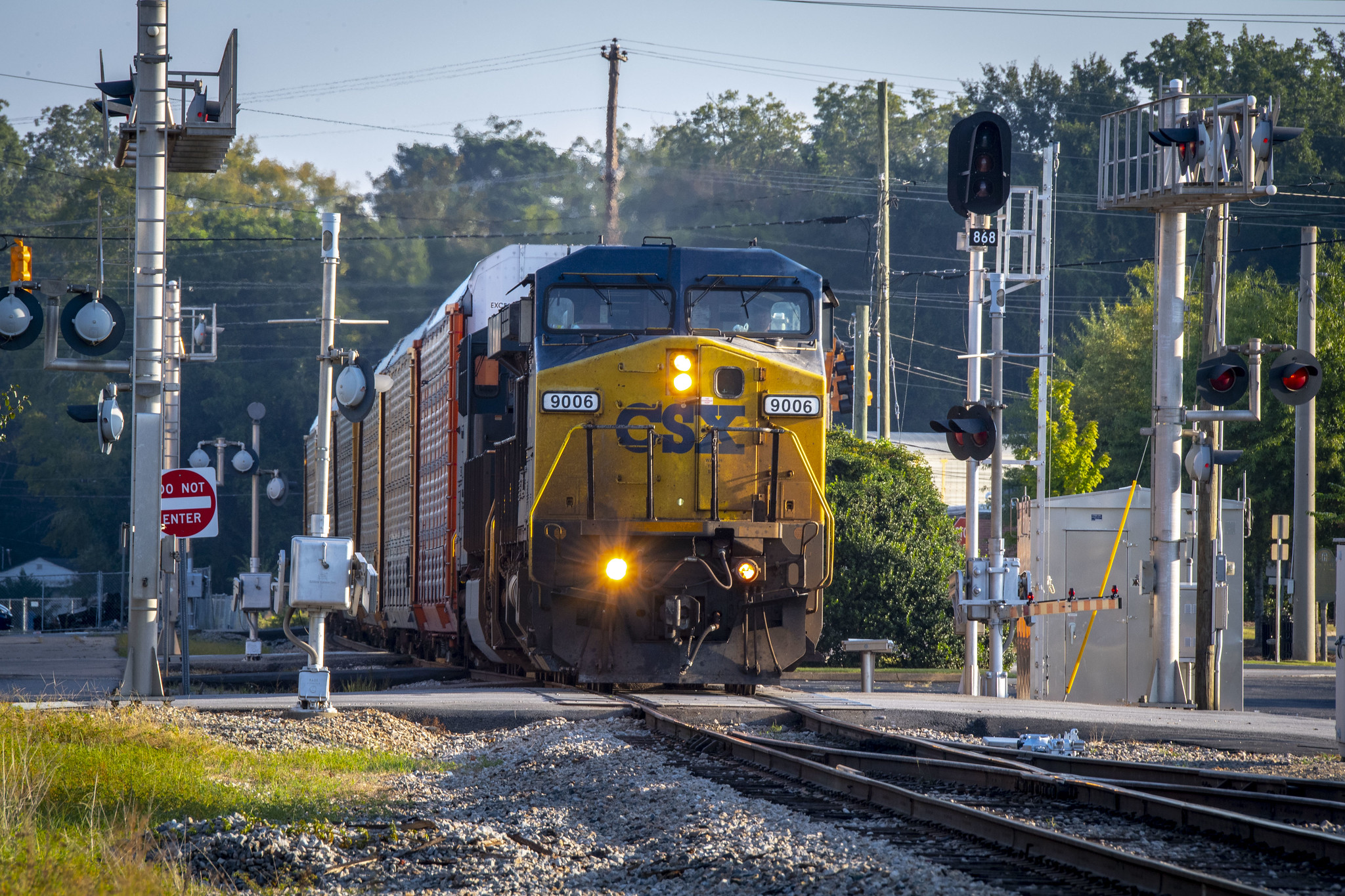The climate crisis threatens the lives and livelihoods of people around the world, with a heavy burden falling on the shoulders of working-class communities. To advance a just, equitable and sustainable transition, it is imperative to support working-class communities and labor groups.
Accelerating a just, equitable and sustainable transition by supporting U.S. rail workers
By Bo McClung, Climate Campaigner for Labor
The climate crisis threatens the lives and livelihoods of people around the world, with a heavy burden falling on the shoulders of working-class communities. To advance a just, equitable and sustainable transition, it is imperative to support working-class communities and labor groups. Their voices are critical to designing and implementing solutions and programs that improve working conditions and worker health, create opportunities for advancement and growth, and move us closer to a sustainable future.
That’s why this summer, as American railroad workers — including Railroad Workers United — campaign to nationalize U.S. rail, we stand in support and call for a rail system that is more just, equitable and thriving for workers, communities and the environment.
Here are some of the environmental, labor and public health reasons to support a safer, national U.S. railway system.
Train derailments, collisions and accidents are frightening and heartbreaking. For rail workers, these accidents are also incredibly frustrating — because many of these accidents are preventable.
Train derailments can cause dangerous and life-threatening environmental disasters, like the February 2023 derailment of a Norfolk Southern train in East Palestine, Ohio, which spilled hazardous materials, including vinyl chloride, ethylene glycol, ethylhexyl acrylate, butyl acrylate and isobutylene. These hazardous materials contaminated the air, soil and water sources including a nearby stream. Six months later, the U.S. Environmental Protection Agency is still conducting emergency clean-up efforts, including the evacuation of contaminated soil, debris and contact water and cleaning homes and businesses polluted with dust emissions. Derailments like this endanger the safety and health of rail workers and nearby communities, as well as local ecosystems impacted by the spills.

Let’s look at a few facts:
The short facts on rail’s logistical nightmare
- Rail conditions across the U.S. are in various states of disrepair, with vast sections crumbling and under-maintained.
- Railroad crews are vastly understaffed, with workers suffering from chronic exposure to fossil fuels and other toxic pollutants that harm human health.
- Management policies often prioritize efficiency over safety, such as overloading freight (for example, car loads for two trains being linked onto one train, resulting in one train pulling longer freight). Longer freight on an under-maintained and precarious rail system significantly increases the risk of derailment.
Beyond the risks posed by poorly maintained rail systems and heavy freight practices, our current rail system endangers human health and well-being by operating on heavily-polluting and climate-disrupting fossil fuels. So long as U.S. trains run on fossil fuels, this sector of the transportation industry will continue to contribute to the climate crisis — resulting in cascading effects and harm to people, ecosystems and our climate.
In March 2023, the United Nations Intergovernmental Panel on Climate Change concluded that, in order to avoid the worst effects of climate change, we must peak emissions before 2023, halve emissions by 2030 and eliminate emissions by no later than 2050. To achieve these emissions reductions, we must accelerate our global technological shift toward green technologies including electrification, renewable energy and alternative fuels, fuel-cell technologies, batteries, regenerative energy and energy efficiency technologies.
But where does the U.S. railway system fit into this green energy transformation?

In order to revitalize and modernize the United States’ rail infrastructure with the leading green technology, we must first bring all U.S. rail into the domain of public ownership. Bringing U.S. rail under the control of the public is the fastest way to implement the use of a key energy source — regenerative braking systems — which capture the energy generated by the movement of the train and convert it into electricity. This electricity can then be used to power the train, other rail systems, or it can be captured and stored for later consumption.
Under public ownership, the U.S. rail system could undergo necessary federal regulatory overhaul. The public will have a democratic voice to influence the policies needed to ensure that the railway is modernized and transitioned to meet our evolving needs while mitigating its climate and environmental impact.
In other words: by nationalizing U.S. rail, Americans can help accelerate a sustainable future for our rail system.
In addition to mitigating and reducing the railway’s climate and environmental impact, a cleaner rail system will provide cleaner and safer workplaces, communities and ecosystems for everyone affected by U.S. rail.
Take a look at some key points below:
- Trains carry chemical loads that can be toxic and destructive on their own. Toxic spills can harm the air, soil and water and endanger public health. In cases where multiple volatile chemicals are shipped together, derailments can be volatile and lethal.
- Bringing the U.S. rail system into the public domain opens the possibilities of putting our national rail infrastructure on track for a zero-emission future.
Workers’ rights, public health and the climate crisis are inextricably linked. To advance a just, equitable and sustainable transition, Pacific Environment fully supports the Railroad Workers United campaign to nationalize the U.S. rail system to put us on the path to high-speed electrified rail, creating zero-emission trade routes within the United States’ infrastructure.
